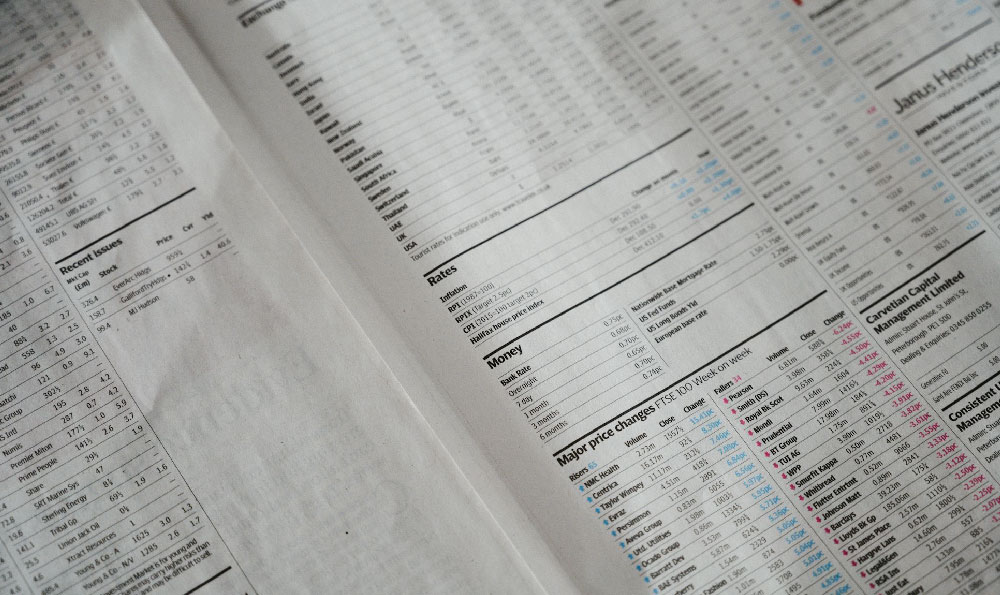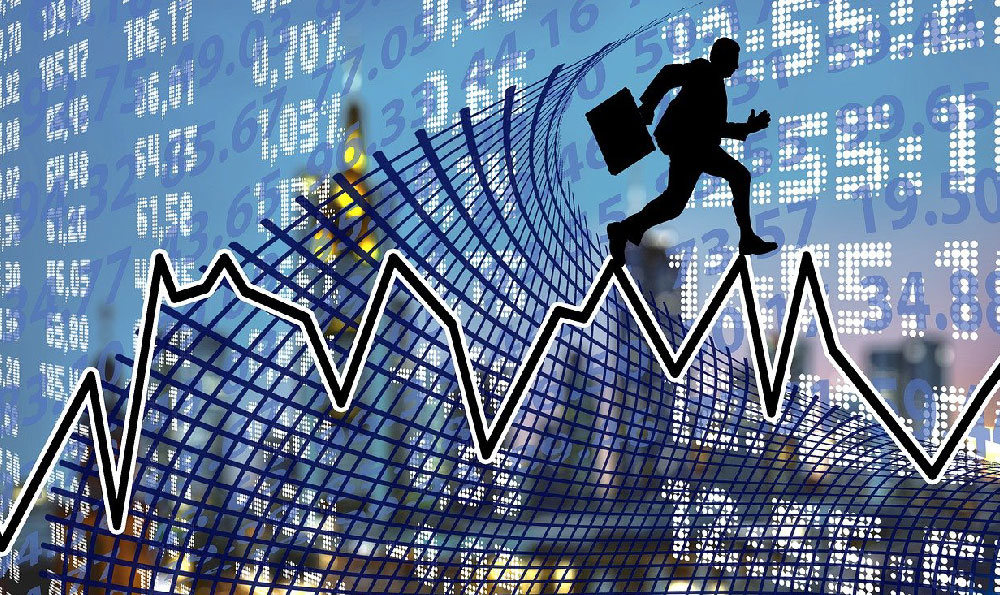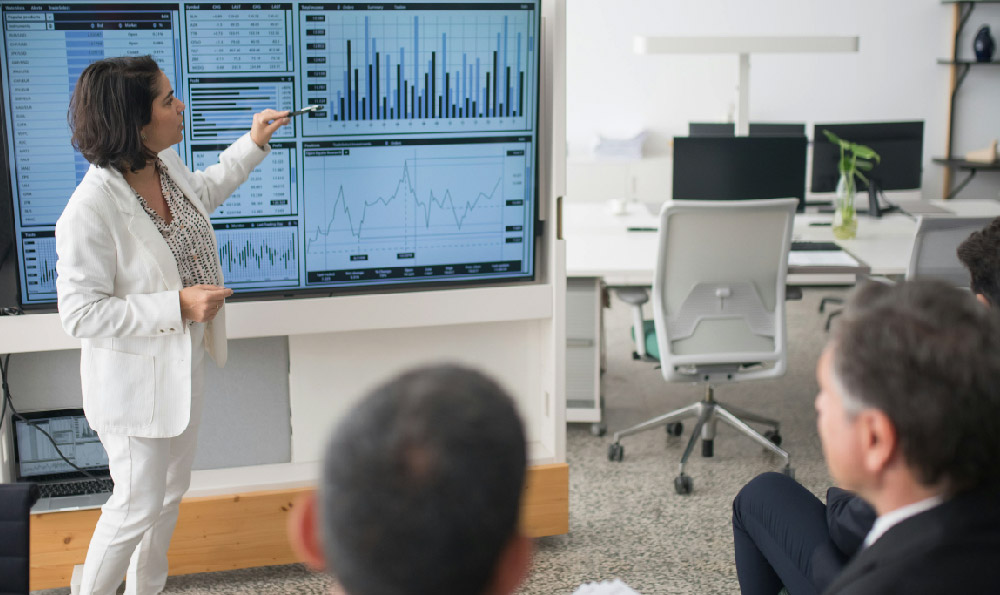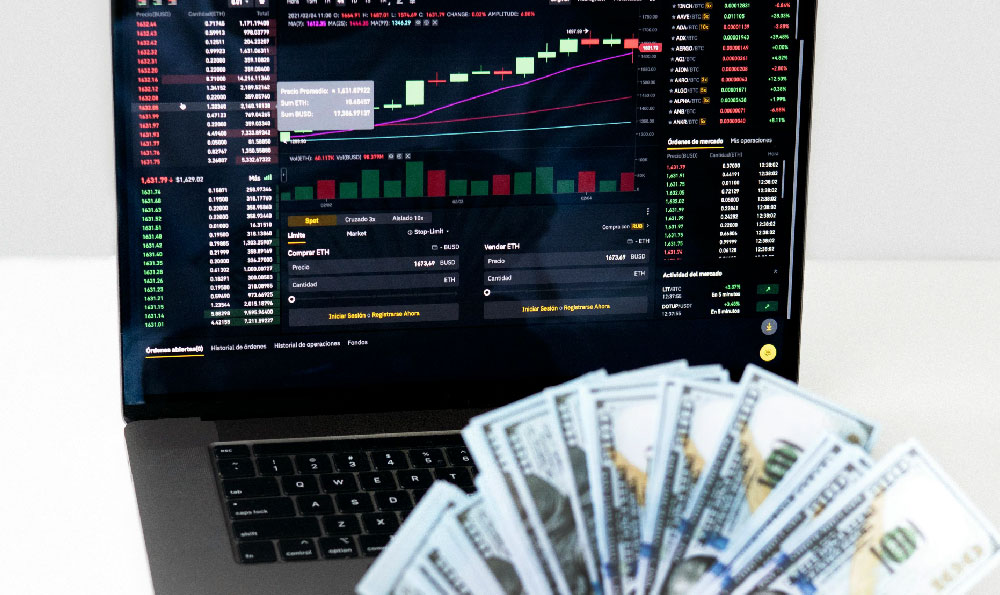Copper, often referred to as "Dr. Copper" due to its perceived ability to predict global economic health, is a commodity with diverse applications across various industries. Understanding whether copper represents a wise investment and whether it will yield high returns requires a comprehensive analysis of its demand drivers, supply dynamics, market trends, and inherent risks.
The demand for copper is fundamentally tied to global economic activity. As a crucial component in construction, manufacturing, transportation, and especially electrical infrastructure, copper consumption tends to rise during periods of economic expansion. Rapid urbanization and industrialization, particularly in emerging economies like China and India, have historically fueled significant demand growth. The burgeoning green energy sector further amplifies this demand, with copper playing a vital role in electric vehicles (EVs), renewable energy systems (solar panels, wind turbines), and energy storage solutions. An EV, for instance, typically requires significantly more copper than a traditional internal combustion engine vehicle. The transition to a low-carbon economy, therefore, presents a long-term structural tailwind for copper demand.
On the supply side, copper production is concentrated in a few countries, including Chile, Peru, and the Democratic Republic of Congo. Mining operations are often complex and capital-intensive, requiring substantial upfront investment and facing potential challenges related to geological complexities, environmental regulations, political instability, and community relations. Existing copper mines are aging, and the discovery and development of new, high-grade deposits are becoming increasingly difficult and costly. This supply constraint, coupled with the rising demand, can lead to price increases. However, the supply side is not without its flexibilities. Higher prices incentivize increased production from existing mines and encourage the exploration of new deposits. Technological advancements in mining and processing can also improve efficiency and potentially unlock previously uneconomical resources. Recycling of copper scrap also plays a role in supplementing primary production.
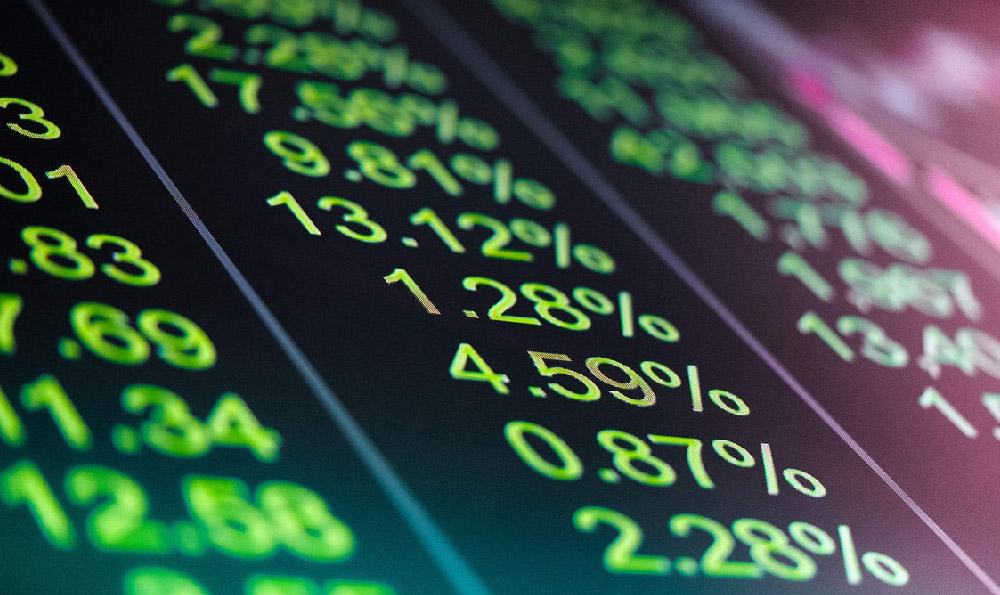
The price of copper is subject to significant volatility, influenced by a multitude of factors. Macroeconomic indicators, such as global GDP growth, interest rates, and inflation, can significantly impact demand and investor sentiment. Supply disruptions, such as strikes at major mines or unforeseen events like natural disasters, can trigger price spikes. Currency fluctuations, particularly the strength of the US dollar (in which copper is typically priced), can also affect its value. Speculative trading in commodity futures markets can further amplify price swings. Analyzing these factors and their potential impact on copper prices is crucial for making informed investment decisions.
Investing in copper can take several forms. Direct investment involves purchasing physical copper, which is generally not practical for most individual investors due to storage and transportation costs. A more common approach is to invest in copper futures contracts, which allow investors to speculate on the future price of copper without taking physical delivery. However, futures trading is inherently risky and requires a thorough understanding of the market dynamics and contract specifications. Another option is to invest in copper mining companies, which offer exposure to the copper market while also providing potential diversification benefits from other operations or projects. Exchange-Traded Funds (ETFs) that track the price of copper or invest in copper mining companies offer a more diversified and accessible investment vehicle for retail investors.
Before considering copper as an investment, it's important to carefully assess the associated risks. The cyclical nature of the commodity market means that copper prices can experience sharp declines during economic downturns. Geopolitical risks, such as trade wars or political instability in major copper-producing countries, can disrupt supply chains and impact prices. Environmental regulations and social concerns related to mining activities can also pose challenges for copper mining companies. Furthermore, technological advancements could potentially lead to the development of alternative materials that could substitute copper in certain applications, reducing demand.
So, is copper a wise investment and will it yield high returns? There's no definitive yes or no answer. The potential for high returns exists, driven by long-term demand growth from the green energy transition and constrained supply. However, these potential returns are accompanied by significant risks, including price volatility, geopolitical uncertainty, and technological disruption.
A wise investment in copper requires a long-term perspective, a thorough understanding of the market dynamics, and a careful assessment of risk tolerance. Diversification is crucial. Copper should not constitute a disproportionately large portion of an investment portfolio. Consider your investment goals, time horizon, and risk appetite. If you are risk-averse, investing in broad-based commodity ETFs or established copper mining companies may be a more suitable approach than directly trading futures contracts.
Furthermore, stay informed about the latest developments in the copper market, including macroeconomic trends, technological advancements, and regulatory changes. Consult with a qualified financial advisor to develop a comprehensive investment strategy that aligns with your individual circumstances and financial goals. The key to successful investing in copper, as with any asset, lies in careful research, prudent risk management, and a long-term perspective. While the prospects for copper remain compelling, a balanced and informed approach is essential for navigating the inherent risks and maximizing the potential for long-term returns.


